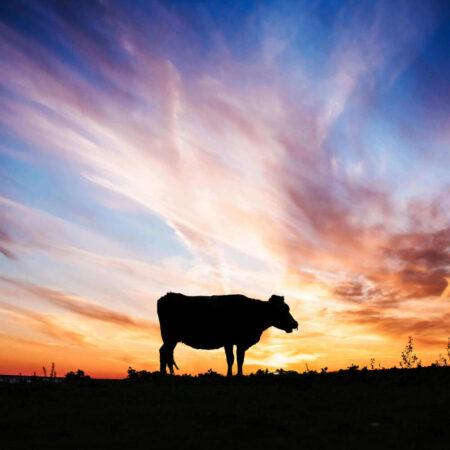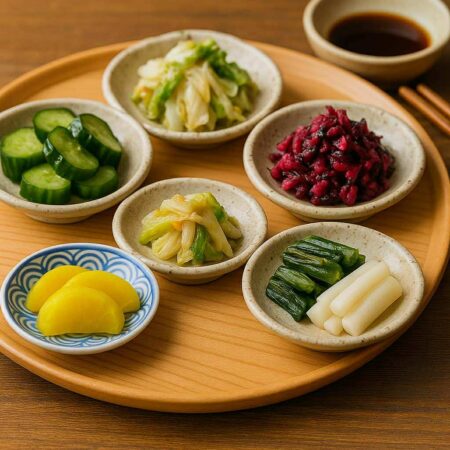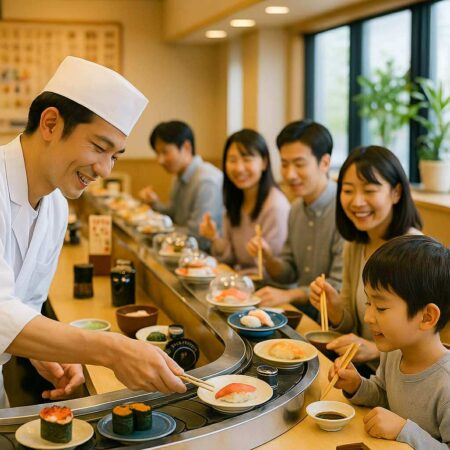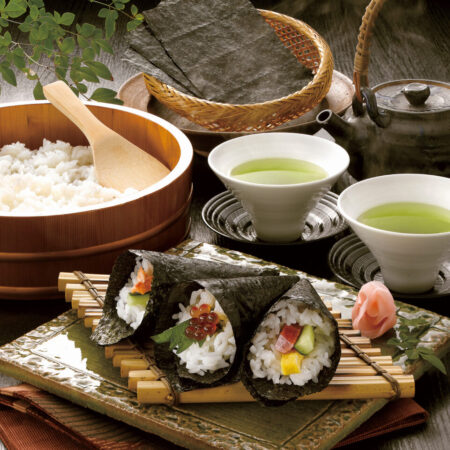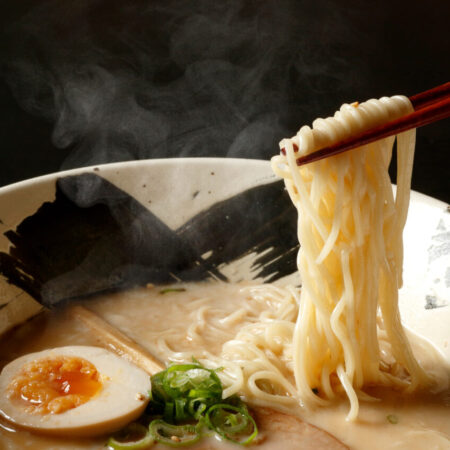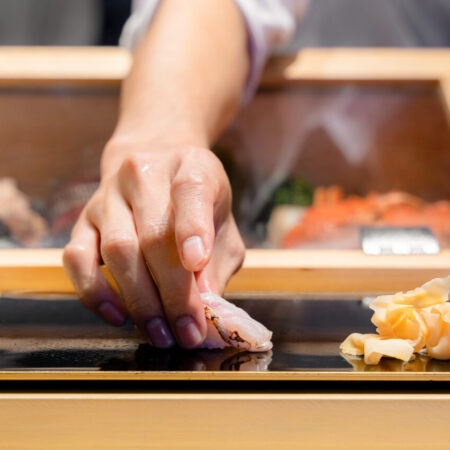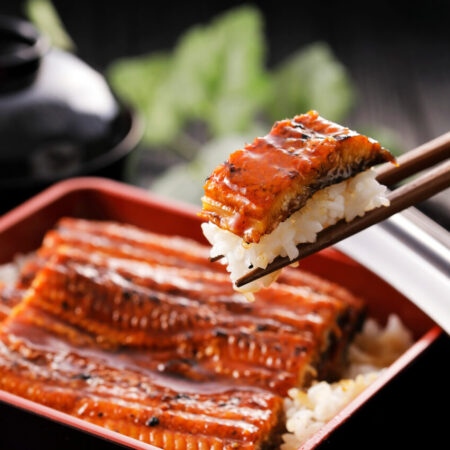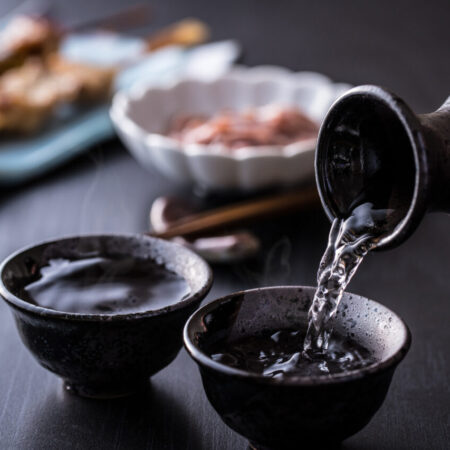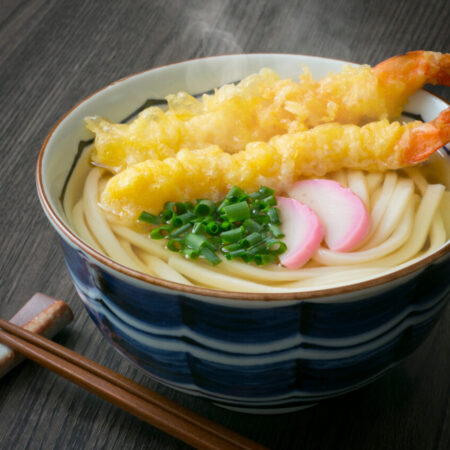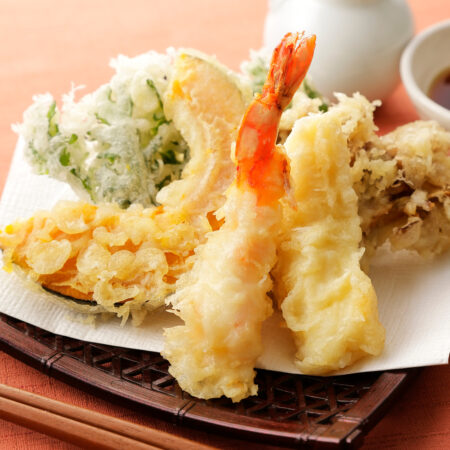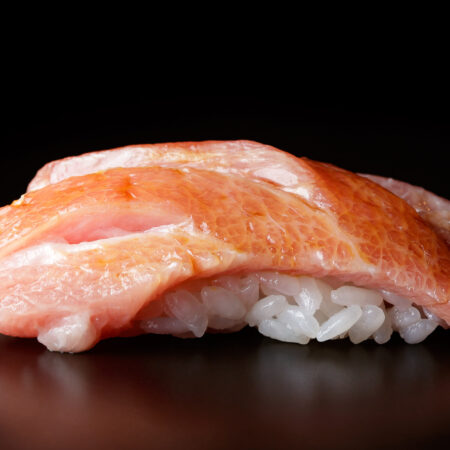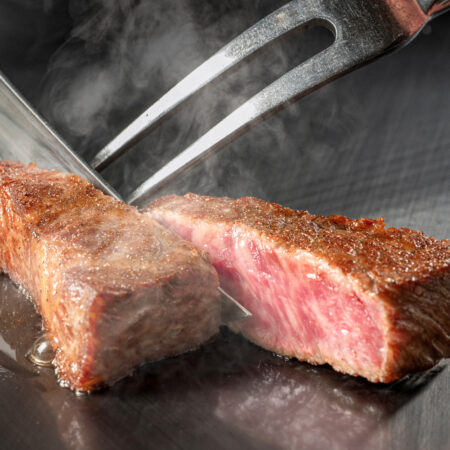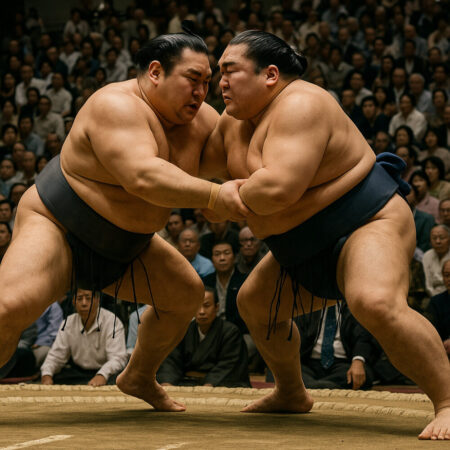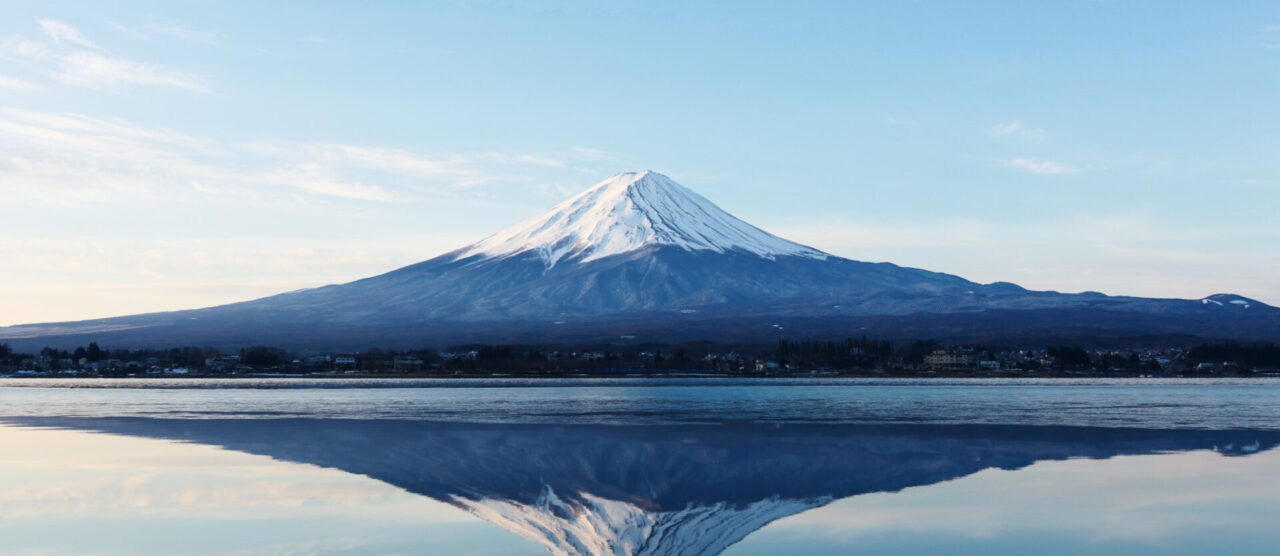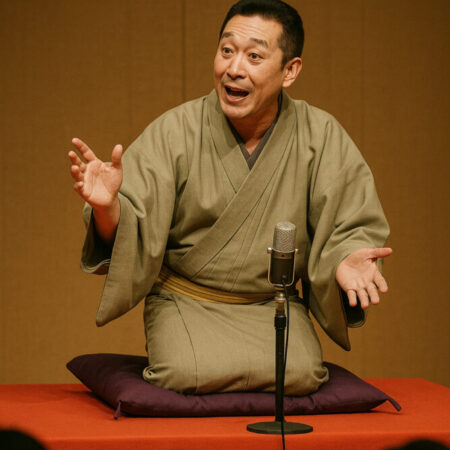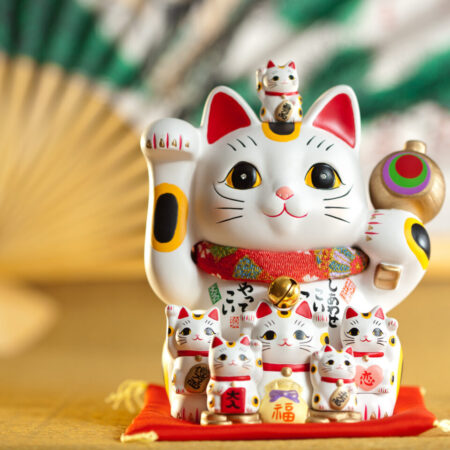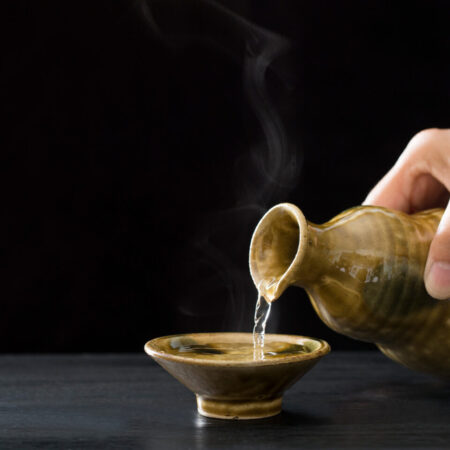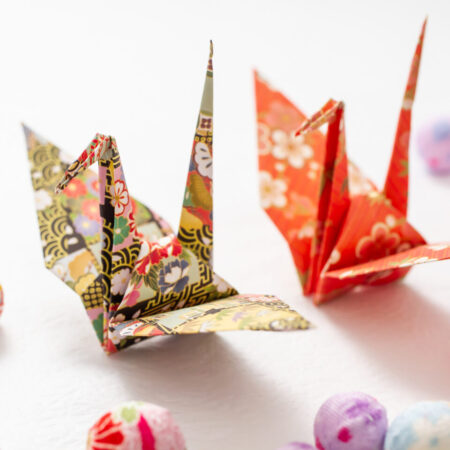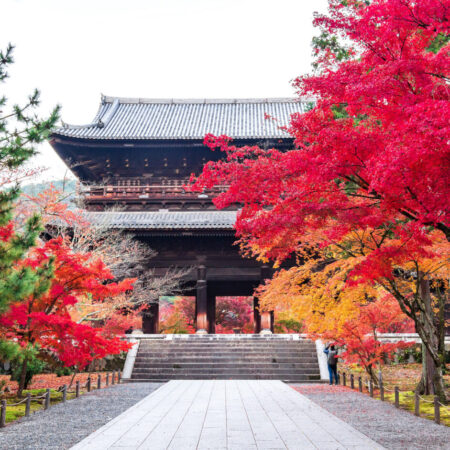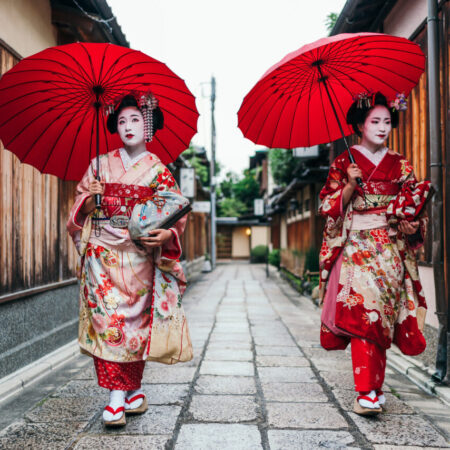Wagyu: Japan's Pinnacle of Meat Quality
Wagyu refers to a unique breed of beef originating from Japan, renowned for its distinct meat quality, flavor, and fat content. In particular, its marbling is captivating gourmets worldwide. One notable difference between Wagyu and many foreign beef breeds is in the fat distribution and quality. Wagyu is characterized by its intricate marbling, which evenly disperses throughout the meat, yielding a melt-in-your-mouth texture. In contrast, many foreign beef breeds tend to have larger fat deposits, with less marbling.
Rearing Wagyu: Unique Techniques to Maintain Premium Quality
The rearing methods of Japanese Wagyu have evolved uniquely to accommodate the country's distinct climate and topography. With clear seasons, especially the high humidity in summer and the relatively warm winter, barn designs and rearing environments are meticulously tailored. It's deemed ideal for Wagyu to be raised in a relaxed environment without stress. This is because stress can affect the meat's quality and fat content, hence special attention is given to creating this environment. The choice of feed is also a pivotal factor in determining the quality of Wagyu. Many farmers feed their cattle a balanced diet mainly consisting of soybeans, corn, wheat, and rice bran.
Characteristics and Popularity of Wagyu Brands
- Kobe Beef
- Characteristic: Originating from Hyogo prefecture, this black-haired breed boasts tender meat and evenly distributed marbling. The balance between its rich fat sweetness and deep umami is impeccable.
- Reason for Popularity: Globally recognized, many foreigners aspire to taste this brand at least once.
- Matsusaka Beef
- Characteristic: From Mie prefecture, it's known for its high-quality fat and delicate, soft meat quality, especially in female cows.
- Reason for Popularity: Frequently featured in upscale restaurants and hotels, it's highly esteemed both domestically and internationally.
- Omi Beef
- Characteristic: Hailing from Shiga prefecture, it's recognized as Japan's oldest beef brand, known for its robust umami and sweetness.
- Reason for Popularity: Its historical significance and unique meat quality make it exceptionally popular in beef bowl and BBQ restaurants.
- Saga Beef
- Characteristic: Produced in Saga prefecture, it's characterized by fine marbling and a gentle sweetness in the fat. The meat is incredibly juicy and rich in flavor.
- Reason for Popularity: Having won numerous awards domestically and internationally, it's particularly popular among visitors from Asia.
- Hida Beef
- Characteristic: From Gifu prefecture, it's noted for its tender and finely textured meat. The balance between the sweetness of the fat and the meat's umami is superb.
- Reason for Popularity: Especially favored by tourists visiting the Chubu region, it's relished in dishes like steak, BBQ, and hot pot.
These brands are so renowned that their names resonate both in and out of Japan, with their distinct characteristics and high-quality earning acclaim.
The Issue of Genuine Wagyu vs. Imitations
Recently, Wagyu seeds have been illicitly exported, leading to their upbringing in foreign countries without Japan's unique rearing techniques and environment. As a result, "imitation Wagyu" that doesn't possess genuine Wagyu quality and characteristics is proliferating in the market. These imitations, sometimes resembling genuine Wagyu in appearance and meat quality, can confuse consumers. With a strict certification system and criteria for Wagyu and branded beef in Japan, it's crucial to choose trustworthy sources and outlets when seeking authentic Wagyu. The increase in counterfeit Wagyu risks diluting Japan's traditional rearing techniques and quality. For consumers, it's essential to verify information and have accurate awareness when purchasing.
The Depth of Beef Flavor: A Fusion of Tradition and Modernity
Wagyu's marbling is characterized by evenly distributed fat throughout the meat. Due to this delicate fat, overcooking can melt it, potentially halving the meat's delectability. When enjoying Wagyu, one must be cautious about the degree of cooking to maximize the balance between the fat and meat. For a gourmet experience with premium Wagyu, it's recommended to first savor its inherent flavor without any additions. Take a bite without any condiments to truly relish Wagyu's natural taste. Then, accompany it with a pinch of salt, wasabi, or sauce to further explore the depth of its flavor. Wagyu embodies the tradition and pride of Japan. Its delicate taste, juicy texture, and underlying stories create an irresistible charm that, once tasted, becomes unforgettable. Each bite reveals its profound flavor and history, leaving a lasting impression. Why not indulge in this luxurious moment with Wagyu to the fullest?



